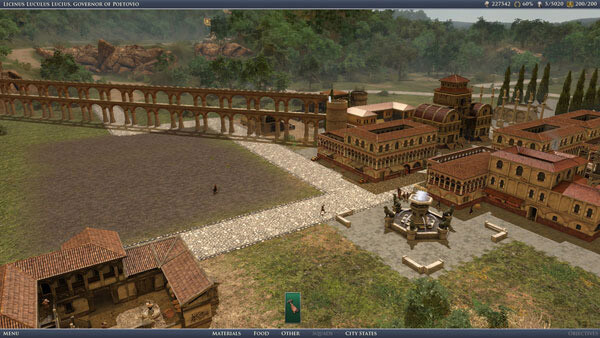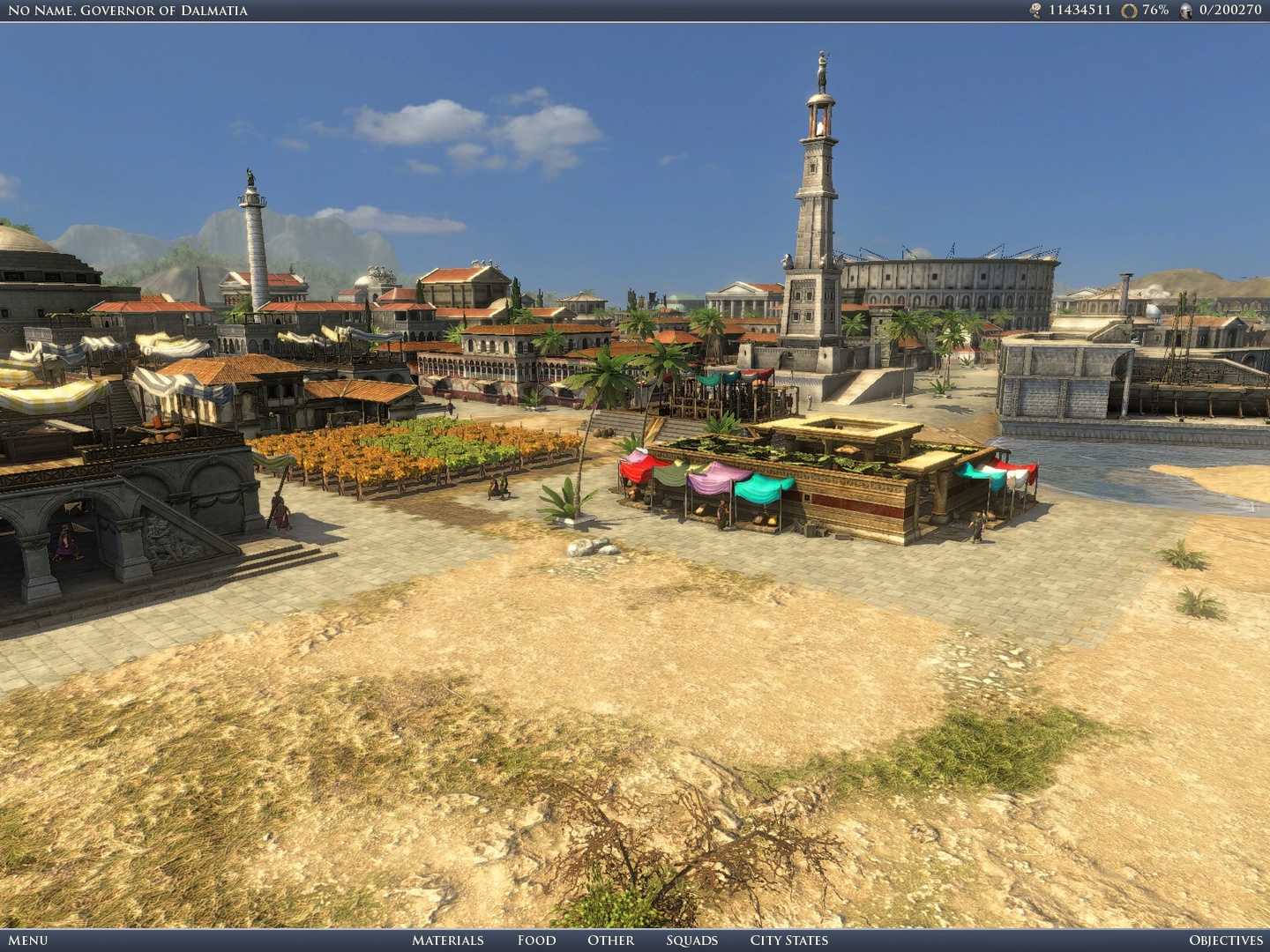

GRAND AGES ROME AUXILIARY HOW TO
When I originally wrote my “Tips on how to play Grand Ages: Rome”, I forgot to mention that this guide presumes you own the Gold Edition, which is including the expansion – Reign of Augustus. This makes it a huge relief when playing the game, because if you need food distributed in a certain area and you have 4 Meat and 4 Wheat, you can build a Farmer’s Market right where you need it. It isn’t located anywhere on map, but if you’re producing the materials, you’ve got them and can spend them. Grand Ages has the same principle of producing and refining, except all consumables, raw and refined, are stored in a metaphysical storage. You are highly dependent on road building from your raw material production to the shop, on to the warehouse, where it’s picked up by a merchant which will then hopefully distribute the goods to the right houses. which are then transported to shops that refine them into wares which your citizens will buy. In normal city builders (the ones I have played prior to Grand Ages: Rome), you have to have some kind of raw material production, such as meat, marble, iron, stone etc. The rest of the game works the same way and it works really well, if I may say so.Īnother point where Grand Ages: Rome is different is on the consumables section, which is divided into (building) materials, food and other. A middle class house, Equite House, will require entertainment, so you have to make some kind of entertainment producing building which has that Equite House within its radius. If you have a Farmer’s Market that distributes food, it will distribute food within the entire building radius. A house has a radius and within that radius you just need to build a place for the inhabitants to work. Each building has a radius, which gives you a huge advantage instead of having to plan roads as you normally do in strategic city-builders. With battles being fought like RTW.That would be a game i'd like to play.The main principle of this game is to “plan according to radius”. Imagine a total war game where the focus, instead of a huge empire, was on a province level with a good city builder thrown in the mix. When an army invaded you had a chance to intercept them before they reached your city, and the battles were handled like total war. And build a road system to connect all these things to your city and other smaller towns. In C2 you actually had to build farms outside the city, forts for your legions, seaports for trade and wharehouses to hold the goods from trade and farming. I never played ceasar 3 because they simplified the province map, which to me was one of the most interesting aspect of the game. Honestly i think the best city builder was ceasar 2. Multiplayer mode with many different types of gameplay (co-operative, etc.) Naval warfare and colonization of islands Character development system leads through timeline of history


Lively huge historical locations like Cyrene, Lugdunum or Rome 18 different warfare abilities for your units (like Praetorians, War Elephants, Triarii, etc.) RTS-like battle system and comprehensive research opportunities Enhanced, multilevelled economic system and sea trade

Non-linear single player campaign with 40 missions. Defend yourself against barbarian tribes, trade with other cultures, build a wealthy economic environment and fullfil the needs of your people in a huge single player campaign or with up to 3 human players in the multiplayer mode!Īnd remember - even Rome was not build in a day! Choose one of five Roman noble families such as Caesar's Julii with different abilities to accomplish the comprehensive missions. You are a Governor of a Roman Province in the time-honoured Roman Empire, its fortune very much lies in your hands. "GRAND AGES ROME" is the long awaited sequel to the best-selling strategy game "Imperium Romanum".


 0 kommentar(er)
0 kommentar(er)
